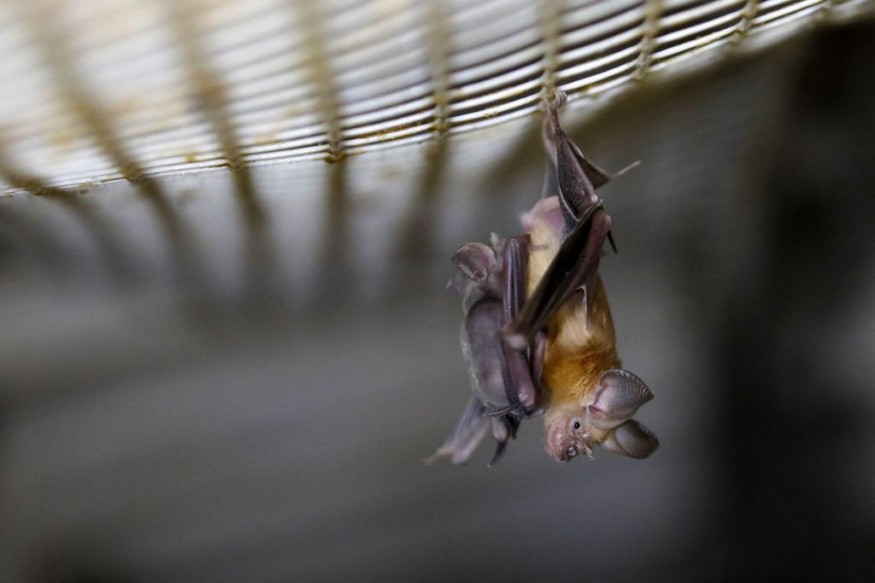
A study indicated that vampire bats are used to expanding location in a bid to search more stable and temperate climates.
Experts noted that the distribution of vampire bats has moved northward across time due to past climate change, and this movement has corresponded with an increase in rabies cases in many Latin American countries.
Bat-Borne Pathogens
In the study, researchers pointed out that bat-borne pathogens are a threat to global health and in recent history have had major impacts on human morbidity and mortality.
The examples include diseases such as rabies, Nipah virus encephalitis, and severe acute respiratory syndrome (SARS). Experts said that climate change may exacerbate the emergence of bat-borne pathogens by affecting the ecology of bats in tropical ecosystems.
In the study, they reported the impacts of climate change on the distributional ecology of the common vampire bat Desmodus rotundus across the last century.
''Our retrospective analysis revealed a positive relationship between changes in climate and the northern expansion of the distribution of D. rotundus in North America. Furthermore, we also found a reduction in the standard deviation of temperatures at D. rotundus capture locations during the last century, expressed as more consistent, less-seasonal climate in recent years,'' the experts said.
These results elucidate an association between D. rotundus range expansion and a continental-level rise in rabies virus spillover transmission from D. rotundus to cattle in the last 50 years of the 120-year study period.
The study concluded that the D. rotundus rabies system exemplifies the consequences of climate change augmentation at the wildlife-livestock-human interface, demonstrating how global change acts upon these complex and interconnected systems to drive increased disease emergence.
Results revealed an increase in bat-borne RABV spillover transmission in the last 40 years.
Similarly, the century-long D. rotundus occurrence data assessment shows a relationship between climate change and the distribution of the RABV reservoir across time.
Based on this evidence, ongoing climate change is linked to distributional shifts of D. rotundus in tandem with continental-level changes in the risk of RABV spillover from wildlife to domestic animals.
As such, experts said that this analysis provides a prime example of retrospective climate change-driven range shifts of a bat reservoir, and the pathogen it transmits, which until now has been more commonly associated with future-climate simulation-based models.
Read Also: Scientists Show Vampire Bats Appeal to Their Colleagues to Share Blood Meals
Vampire Bats
Vampire bats are known to be carriers of rabies, a disease known for its high mortality rates and often considered the oldest pathogen known by humans, dating back 3,000 years.
Vampire bats feed at night and prefer moonless nights to avoid detection by prey animals.
The common vampire bat has a number of adaptations for blood-feeding that enhance its ability to transmit rabies virus.
Rabies is a zoonotic disease caused by viruses belonging to the genus Lyssavirus; family Rhabdoviridae.
It is now considered a re-emerging disease in different countries of the world and is associated with increased rates of reservoir contact. The disease is transmitted by the bite of a rabid animal; usually dogs; although bats act as a reservoir for lyssaviruses in many regions of the world
Related Article: Vampire Bats Spend More Time on Social Grooming [BAT WEEK]
© 2025 NatureWorldNews.com All rights reserved. Do not reproduce without permission.





